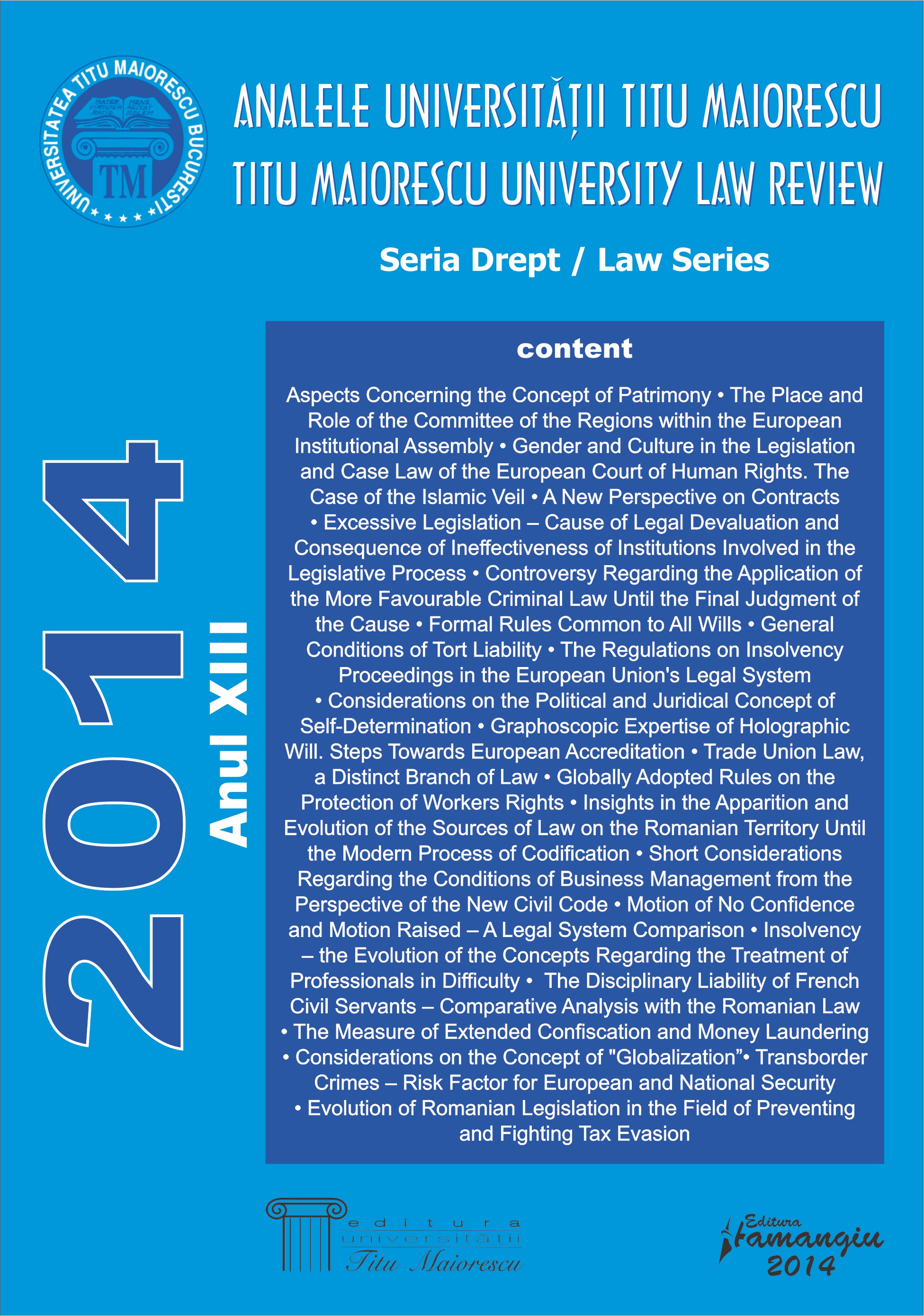MOTION OF NO CONFIDENCE AND MOTION RAISED – A LEGAL SYSTEM COMPARISON
MOTION OF NO CONFIDENCE AND MOTION RAISED – A LEGAL SYSTEM COMPARISON
Author(s): Mariana OpricanSubject(s): Law, Constitution, Jurisprudence
Published by: Editura Hamangiu S.R.L.
Keywords: Government; motion of no confidence; legislature; Constitution; Constitutional Court
Summary/Abstract: The analysis of the constitutional provisions reveals that both motion of no confidence governed by the provisions of art. 113 of the Constitution of Romania, and the motion raised, resulting from committing Government’s liability, governed by the provisions of art. 114 of the Basic Law, align on the coordinates of parliamentary control over the activity of the executive, being legal instruments wherethrough the legislature withdraws confidence from a Government that failed to meet the political aspirations bore by the government programme. While the general regulation of motion of no confidence is found in the provisions of art. 113 of the Constitution, the provisions of art. 114 of the Basic Law govern particular aspects of this institution, through par. (2) and par. (3) which describe the motion of no confidence filed in the proceeding of committing Government’s liability as being a motion raised, without differentiating, in terms of legal nature and the purpose sought, with respect to the motion of censure regulated by art. 113 of the Constitution.
Journal: Analele Universității Titu Maiorescu
- Issue Year: 2014
- Issue No: XIII
- Page Range: 200-216
- Page Count: 16
- Language: English

